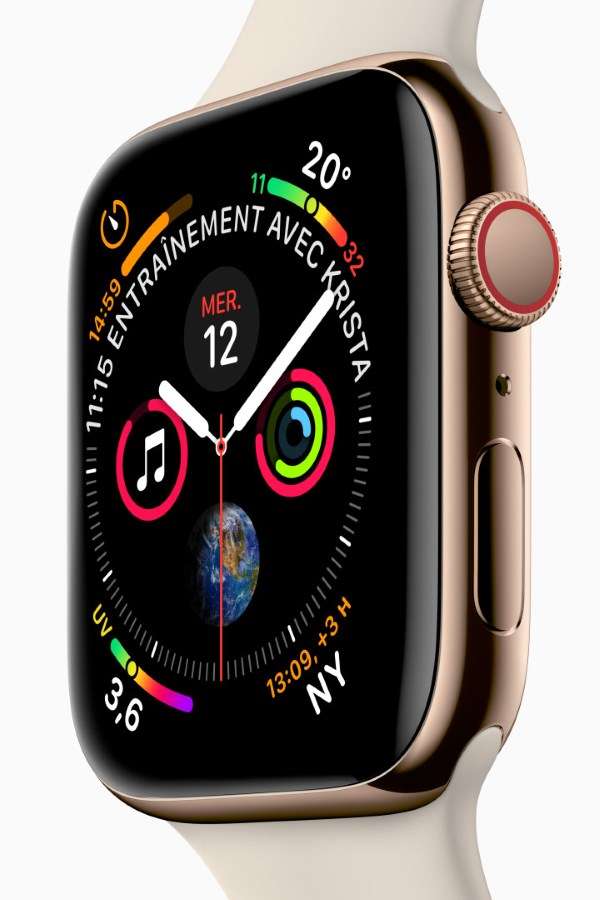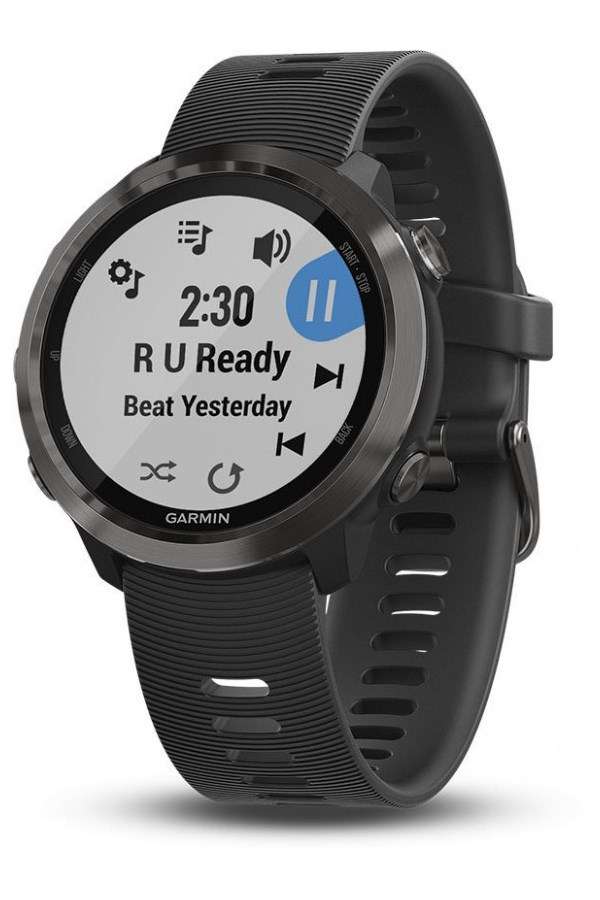To practice sports, avoid getting out of your mobile phone every time you receive a message or analyze the quality of your sleep, smartwatches are really small concentrates of technology. Futura explains how to find the watch that will fit best on your wrist.
Apple, Samsung, Huawei … At each major mobile manufacturer, its range of smartwatches. Round, rectangular, square, tactile, needle, huge, discreet, there is something for all tastes and all prices. Associated by Bluetooth to a smartphone, these watches display notifications, calls, and messages. They enclose all different sensors, such as gyroscopes, accelerometers, an optical heart rate monitor.
More and more often, the watch integrates a GPS whereas it was, not so long ago, the prerogative of sports watches. Likewise, a barometer serves as an altimeter. Some rare models can be used completely autonomously, by inserting a SIM card in the watch. Some do not have any digital display, but mechanical needles and the data will have to be consulted via a dedicated application on the smartphone. Others are tactile with an AMOLED screen.
With watches under 100 euros and others at more than 1,000 euros, many brands, and just as many ranges, the choice is difficult. After listing the potential components of a watch, here are some tips to see more clearly.
Choosing a smartwatch full of applications
There are two major families of connected watches: those that have a real operating system with a slew of applications like the Apple Watch with Watch OS, or the watches of Samsung (Galaxy Watch) and Huawei (Watch GT). Apart from the Apple Watch, other smartwatches are often driven by Wear OS, the connected object operating system designed by Google. These watches can be considered as real mini-smartphones with their library of applications, the latter being linked to those installed on the mobile or independent of it.

Notifications, messages, calls and other alerts appear on the screen and the watch can vibrate. Models with a rounded touch dial are popular today because they are reminiscent of classic watches. Bracelets can be replaced and brands offer more or less luxurious. These smartwatches are equipped with several sensors such as an accelerometer combined with a gyroscope and, increasingly, a GPS.
Virtually all models have a heart rate sensor under the housing. On the dial side, Amoled displays deliver a more pleasant display than others. Their weak point is that their autonomy is often limited to one day. Attention, the Apple Watch only work with the iPhone!
Choose a smartwatch for sports and everyday life
The first connected watches come from the world of sport. They made it possible to transmit the data recorded by the sensors. Now they come out of the sports fields to view mobile notifications. Some models like Garmin’s are true technology concentrates, while remaining lightweight, robust and unobtrusive.
In addition, watches are waterproof and autonomy is very high outside sports activities. It declines when the watch operates continuously its GPS for running, for example, but even in this case, it is possible to exceed 24 hours of use.

Often, the screen is tactile and there are physical buttons around the case. This kind of watch is not animated by Wear OS, but a home-made, proven and very reliable OS. The sensors and GPS are much more accurate than other connected watches, which explains a higher price.
Sometimes there are even several satellite chips to increase accuracy. Like smartwatches, they can receive notifications and it is also possible to install some applications that are connected to the mobile, for example, Google Maps, to be guided. The many data related to a sport are shaped by the application of mobile.
Choose a smartwatch to display notifications, keeping a good autonomy
It’s been a few years since the famous watchmakers or from the world of luxury began to create their own models of connected watches. They maintain their mechanical needle systems but add Bluetooth connectivity with the mobile to display notifications (SMS, emails, calls, alerts). The boxes vibrate when receiving notifications. Most of these models have substantial autonomy, because of the lack of a real operating system, and a touch screen displaying the time permanently. Autonomy can vary from one week to several months. In this category, there are therefore very expensive models of major brands, and others very cheap.